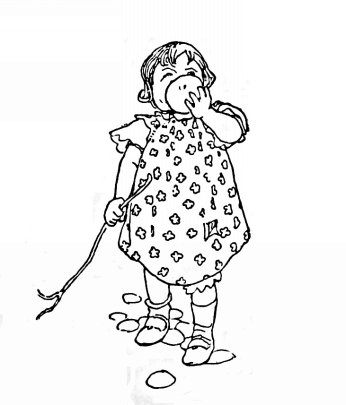
“Feeding a baby is like filling a hole with putty – you get it in and then you sort of shave off all the excess around the hole and get it back in, like you’re spackling.” – Anne Lamott.
Let us face facts, a new baby is just a food tube. It needs enough nutrients to grow and keep its brain functioning properly. If it is hungry, it will let you know by crying and screaming until it passes out or you feed it.
The simplest mechanism for satiating your precious food tube is breast-feeding. I will not provide you with any advice about how to get the baby to “latch” on, what to do about painful, engorged breasts, or which mechanical pump works best for storing breast milk. You are on your own there.
I will warn nursing women to beware that whatever you eat, your baby will eat a few hours later in the form of your breast milk. So, if you eat a gigantic bean and cheese burrito with lots of hot salsa, do not be surprised if your baby gets very gassy a few hours later. If you eat a lot of greens at one meal, do not be surprised if your baby’s poop becomes watery and green. It is like a parlor trick.
I will also refrain from any recommendations about baby formula. Do your research and get one that your baby keeps down. I have heard that certain plant-based formulas are not favored, but I really do not keep up on the science of nutrition. Important here: Do not believe anything a manufacturer of formula tells you; get your information from a third-party source.
The feeding of a young baby is really quite boring. For me, the most amusing part of childhood is watching parents start giving solid food to their babies.
The angst in selecting jars of baby food is palpable. Parents read labels, ponder, and fuss. Will my child like pureed peas or potatoes? The bananas or the fruit medley?
Recall, will you, that jarred baby food did not exist until the last 100 years. So, how did babies eat before then? Did they breastfeed until they had all their teeth? The answer is no. (Well, among some people, that sort of thing is fashionable.) So, what did they eat?
In the old days, people would just take whatever it was they were eating, mash it up or pass it through a food mill, and then feed it to the child. No expensive little jars of flavorless mushed goo, but a tasty mix of whatever was on the table.
Is it any wonder that so many children reject the nasty vegetables in baby food jars? Most of these vegetables have been boiled and mashed, with no salt or any spices of any kind added. Try a spoonful of this crap for yourself sometime. I would not feed it to my hell hounds.
Why are so many parents afraid to feed their children actual, real food? Why do they turn to packaged dreck? I have no idea. Please, just stop it. You are giving your child all the wrong signals.
Feeding your child something different from what you are eating subtly tells the child that he is different. Maybe he will take this to mean he is special, or maybe he will take this to mean he is unwanted. Neither of these is a good outcome.
Think of the children who have been breastfed. Each meal they had from birth until solid foods are introduced had nuance and flavor depending on what their mother had eaten earlier. How confusing it must be for such a child to go from a rainbow of flavors to the eternal flavorlessness of prison slop. They must be asking, “Is the world of adults all so boring and monotonous?” (I note here that formula-fed children have been used to monotony in their food from birth, so the change will not be as much a shock for them. But, is that a good thing?)
One thing you will notice, if you feed your child jarred food, is that she loves the fruit and hates the vegetables. The reason should be obvious: sugar. Fruit has a lot of sugar in it, and just because it is “natural” does not mean it is good. Soon enough, your child will learn to refuse the vegetables and gobble the fruit. You, as a tired parent, will give in and purchase more and more fruit flavors. Your child will grow to love sugar, and the end result will be a child conditioned to need sugar with every meal. This is why feeding your child mashed versions of what you eat is better because she will learn that dinner time is surprising and will look forward to eating tasty things.

The introduction of solid food to your child’s diet is one of life’s great amusements. You will notice that, as your child begins learning how to eat, more of the food finds a home on his face or bib than in his mouth. It is natural, and your child is not to be scolded. The coordination of the chewing and swallowing reflex is not an easy one, especially for a food tube who has been doing nothing but sucking and swallowing for its entire life.
Be patient. Take pictures. Laugh a lot.
Mealtime should bring out camaraderie and conversation. It is a playful and wonderful time for humans. Teach your child this by example.